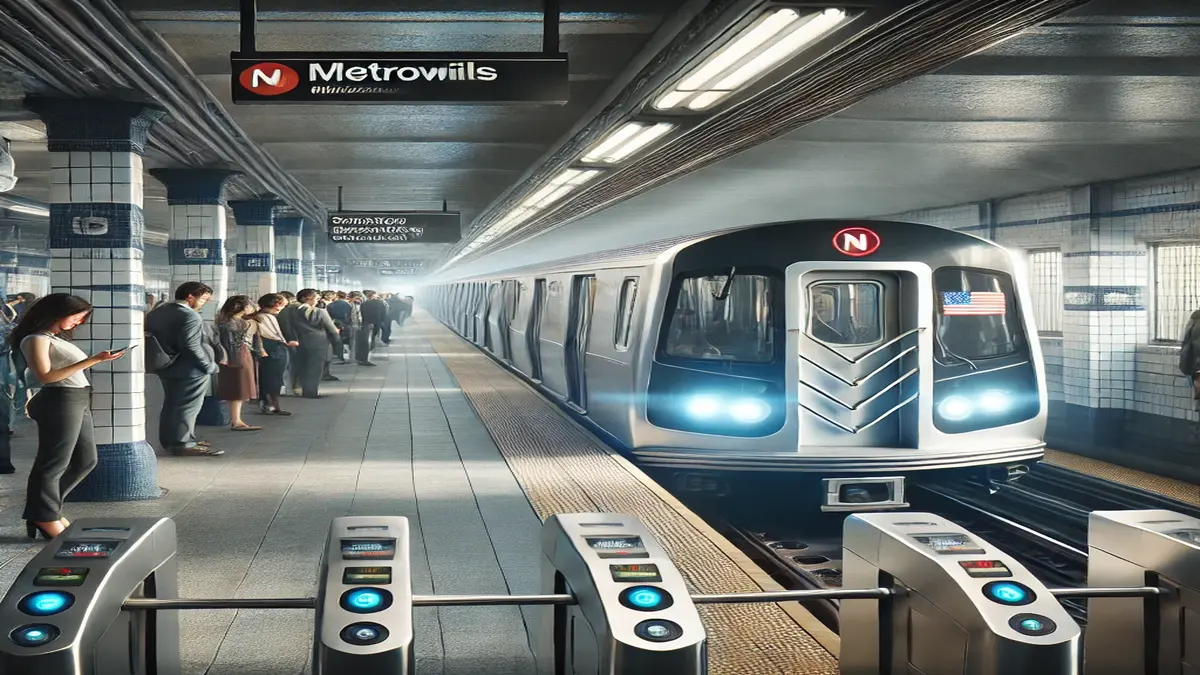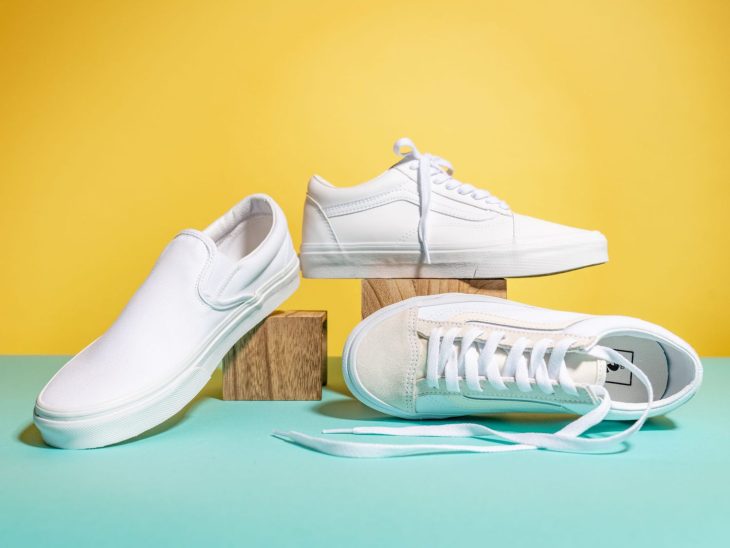New York City’s subway system is one of the busiest in the world, carrying over 5 million riders daily. But if you’ve ever been stuck on a delayed train or crammed into a rush-hour car, you know it’s far from perfect. Big changes are on the horizon for NYC’s subway system, and whether you’re a daily commuter or an occasional rider, here’s what you need to know about the future of the MTA.
1. Fare Hikes and the Future of Subway Pricing
Nobody loves paying more for their commute, but fare increases are coming. As of 2024, the MTA raised the base fare to $2.90, and future hikes are expected in 2025 and beyond to offset rising operational costs.
What’s changing?
Monthly MetroCards could surpass $140 by 2026.
OMNY expansion: The tap-and-go payment system will fully replace MetroCards by 2025.
Discount programs like Fair Fares NYC will remain for low-income riders.
How to save: Consider OMNY’s fare-capping system, which means once you hit 12 rides in a week, the rest of your rides are free—making it cheaper than a 7-day pass if you commute daily.
2. Subway Expansion: New Lines and Extensions
The MTA is pushing forward with major expansion projects to bring service to more areas. Here’s what’s in the works:
Second Avenue Subway (Phase 2) – The long-awaited extension into East Harlem is set to begin construction soon, bringing three new stations at 106th, 116th, and 125th Streets.
Interborough Express (IBX) – A proposed light rail connecting Brooklyn and Queens without going through Manhattan, easing congestion on the G and L trains.
Penn Station Revamp – As part of NYC’s transit overhaul, Penn Station is getting a long-overdue facelift, improving connections between the subway, LIRR, and Amtrak.
What this means for commuters: Riders in Harlem, Queens, and Brooklyn will have better access to the subway, reducing overcrowding on major lines.
3. Modernized Subway Cars: More Space, More Comfort
If you’re tired of squeezing into packed, outdated subway cars, you’re in luck. The MTA is rolling out brand-new subway trains featuring:
Open-gangway design (like in Tokyo and London) for more space and better flow between cars.
Digital screens and real-time train updates inside the cars.
Improved air circulation and security cameras.
Where to find them: These trains are already being tested on the E, N, and F lines, with a wider rollout expected by 2025.
4. Signal Upgrades: Fewer Delays (Finally!)
One of the biggest reasons for subway delays? Outdated signal systems that still rely on tech from the 1930s. The MTA is working to replace these with modern signal technology (CBTC), which:
Reduces train gaps and shortens wait times.
Allows for real-time tracking (no more guessing when your train will arrive).
Improves safety and reliability.
Lines getting upgrades:
The E, F, M, R, and G lines are next in line for CBTC upgrades.
The 4, 5, and 6 trains will also see improvements by 2026.
Bottom line: Fewer delays, faster trains, and better commute times.
5. Late-night and Weekend Service Improvements
If you’ve ever tried catching a train after midnight or on a Sunday morning, you know the struggle. The MTA is actively testing increased late-night and weekend service, especially on the 1, 6, 7, and L trains.
What’s coming:
More frequent weekend service on popular lines (especially to nightlife areas like Williamsburg, Astoria, and Lower Manhattan).
24/7 express service trials on select routes to speed up travel times.
Why this matters: NYC is a 24-hour city, and the subway needs to keep up. These upgrades will make it easier for night owls, service workers, and weekend warriors to get around.
6. Safety & Cleanliness Initiatives
Crime and cleanliness remain major concerns for subway riders. The MTA has announced new efforts to make stations and trains feel safer, including:
More NYPD patrols in high-traffic stations.
Additional security cameras across all train cars by 2025.
Enhanced cleaning measures, including antimicrobial coatings to reduce bacteria on poles and seats.
What commuters should know: While crime stats fluctuate, a stronger police presence and more cameras aim to improve overall safety.
7. The Push for Free Public Transit: Will It Happen?
Cities like Washington, D.C., and Boston have experimented with fare-free transit, raising the question: Could NYC follow? While full free rides aren’t on the table yet, there’s growing discussion about:
Free bus service on select routes (pilot programs are already running in The Bronx and Brooklyn).
More employer-subsidized MetroCards to offset commuting costs.
Potential congestion pricing (charging drivers more to enter Midtown) to fund transit improvements.
What’s next: If these pilot programs prove successful, we might see further fare-free transit experiments in the coming years.
Final Thoughts: Is the Future of NYC’s Subway Looking Brighter?
The MTA still has a long way to go, but AI-driven innovations in the coming years could bring major improvements, making commutes smoother, faster, and (hopefully) less stressful. Expect more efficient trains, improved service, and expanded routes, thanks to AI-powered scheduling and predictive maintenance. However, commuters should also be prepared for fare hikes and ongoing construction challenges as these AI-driven upgrades reshape jobs in the transit industry.
One thing’s for sure: New York City’s subway system is evolving—and every commuter needs to be ready for the ride ahead.
















